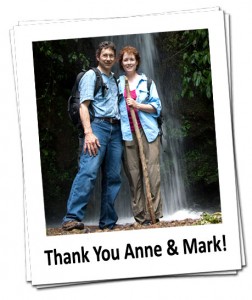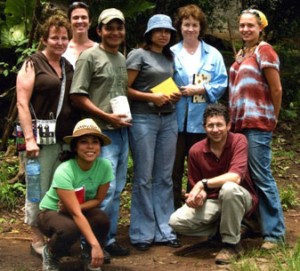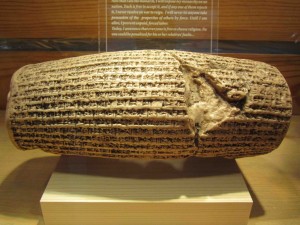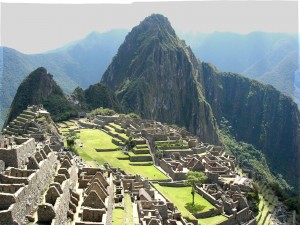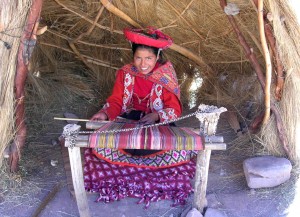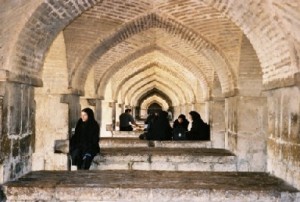 My journey does not boast military might nor invasive power; rather, I travel simply with the hope of bringing back knowledge. —Alexa Stevens
My journey does not boast military might nor invasive power; rather, I travel simply with the hope of bringing back knowledge. —Alexa Stevens
—
What happens when an American young woman visits Iran for the first time? You can find out as you follow the adventures of Alexa Stevens, a Tufts University student majoring in Middle Eastern Studies and Arabic who is en route to Iran. Alexa is one of seven delegates traveling to Iran with the Citizen Diplomacy Reality Tour trip June 26- July 10, 2011.
Citizen Diplomacy delegates on this Iran trip will explore topics such as:
- Is the threat of war the best response to Iran’s nuclear program?
- Is the US media’s portrayal of Iran accurate?
- How do Iranians feel about the US government and people?
To learn more about this trip, visit this Reality Tours web page.
Alexa will be blogging about her experiences throughout her journey in Iran right here on our Reality Tours blog. As she explains on her own blog, “I always have a story to tell.”
Alexa’s First Post: “Excited and Expectant”
It’s comic how fast fear and anxiety dissipate entirely once routine and order is introduced. Yesterday our itinerary arrived, bringing with it descriptions of the sites we will see (Persepolis, The Friday Mosque, ect.), promises of the smells and tastes we will experience (shay under a 4,000 year old cypress tree, fesenjoon and bademjan in the bazaar) and the alluring dreams of people we might meet.
I can’t tell you just how anxious I was in the weeks between the time I mailed off my passport and yesterday. I had no time to be excited and expectant, instead I pragmatically researched what it might mean for an American to visit Iran.
The preparation for this trip really started a year or so ago, when my newfound interest of the region was strengthened with history books, pop music, a class aptly titled History of Iran—all of this information was gathered sporadically, from a myriad of sources, to help me understand Iran. And so it happened that I fell in love with a country I’d never seen.
But here’s the thing about those conventional courtships, where snippets of information are devoured with the utmost excitement—as the eventual meeting date grows closer, one begins to question just what exactly their enthusiasm has gotten them into.
About a month and a half ago I bought my ticket, and started to focus not on understanding my elusive paramour, but rather to prepare myself to meet it. I scanned the paper, researched the realities of the legal system, mulled over blogs and travel websites, and began to realize that even the most well-intentioned of tourists don’t always follow the rules of the Islamic Republic. I began obsessing, wondering just how much of me–my past, my thoughts, my opinions, my body–was now a public entity.
I’ve travelled far and wide, but I’ve always maintained the luxury of practically complete independence and autonomy, just as I do at home. I felt pathetic, like I was playing into the stereotypical fears of an ignorant, unaware tourist who assumed and generalized without a care in the world. I know better than this—after all, I had already proclaimed my infatuation with this remarkable place! How could I be wavering on the eve of my trip?
The truth is, I’ve never had to reconcile my somewhat romantic dreams of this country with the concrete realities of travelling there. I never thought I’d have to, so I tucked away my illusions of turquoise tiles, the soft, pleasing sounds of Farsi and mouthwatering kabob, along with my knowledge of the dress code, the awareness that the social is the political and the political is the social, and that the privilege of finally meeting that which I’ve fantasized will make reality better than dreams.
—
Stay tuned. Tomorrow you’ll find more from Alexa here on our Reality Tours blog.

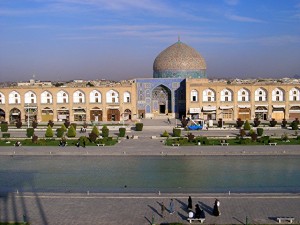

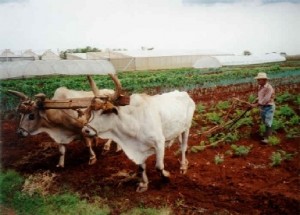
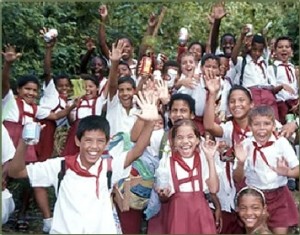
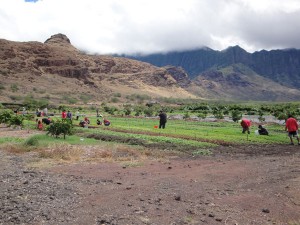


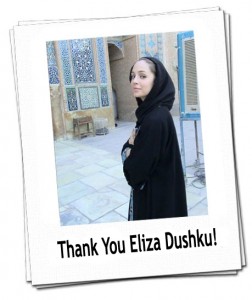 This is the final post in an 8-Part “
This is the final post in an 8-Part “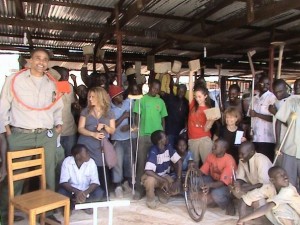
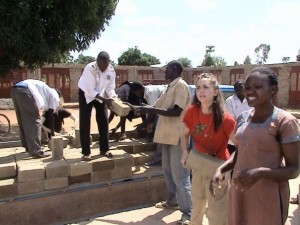 I met Eliza personally years ago on a
I met Eliza personally years ago on a 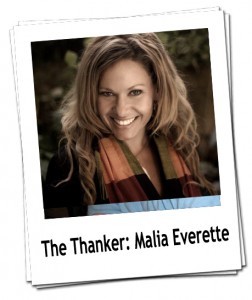 Eliza, thank you for sharing your experiences with us to your fans, for amplifying the voices of those you hear and for not just talking the words, but for walking the talk!
Eliza, thank you for sharing your experiences with us to your fans, for amplifying the voices of those you hear and for not just talking the words, but for walking the talk! 